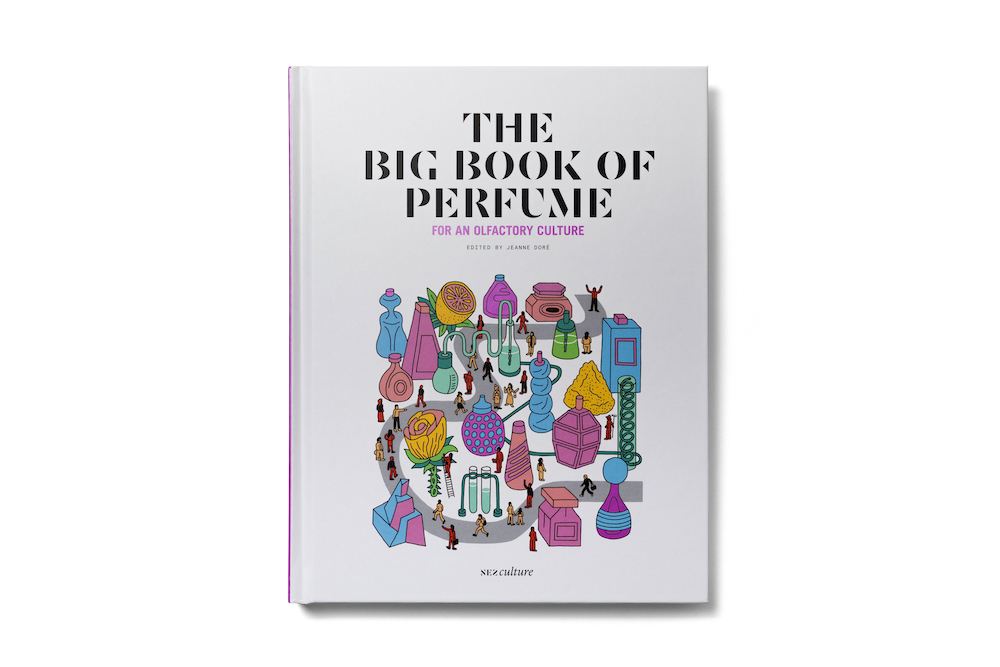Cette publication est également disponible en :
Français
Although 30 years ago pioneering brands could be counted on one hand, today’s exclusive brands are part of a growing throng. How do you launch an independent brand in a landscape that has reached saturation point? What mistakes should be avoided in order to stand out from the profusion of products? What criteria do sales outlets use to make their selection? How will the market evolve in the future? An overview by François Hénin, founder and owner of Jovoy, a chain of multi-brand stores specialising in niche fragrances with branches in Paris, Le Mans, London, Dubai, and Qatar.
How do you select the brands featured in Jovoy?
Ten years ago, Jovoy first opened in Rue Danielle-Casanova, Paris, in a space of around 50 square metres [164 square feet]. At the time, selection was simple: we sold a dozen brands and had friendly relationships with them. Today, the criteria have changed. Of course, it’s the olfactory aspect that interests us more than anything else. In a world of non-stop launches, we try to avoid repetition. We choose brands with a story that is both strong and easy to tell – not all our clients have time to listen to the press kit being recited to them in Latin and Greek. There also needs to be consistency between the message and the person behind the brand. If I had to sum it up, I would say that you often get the impression of having smelled everything, in every price range, but that you can still be surprised by an encounter, by a well-conveyed passion.
Are there any particular harbingers of success?
A slightly disturbing perfume always attracts attention. You can’t be sure that it will succeed, but it’s bound to intrigue people. Then there are the notes we know are more effortlessly captivating: amber, musks, and ambery woods always work. On the other hand, I feel that the iris-scented segment has more or less run its course, as have soliflores. Likewise, I’m now less enthusiastic about vintage and neo-vintage brands that are free riding on a particular heritage. Been there, done that.
What mistake do independent brands often make?
The worst mistake is to show up with copies: the 50 best-selling mainstream creations reworked by the niche market are a no-no. Generally speaking, the market has reached maturity, we’ve gone through all the major olfactory families and we’re coming up against a problem of creating something new. Since Nasomatto’s Black Afgano, which was successfully marketed, hashish has been subject to every treatment, which is getting a bit boring. But difficulties bring out the best in people and you never know what wonderful surprises are around the corner. Another mistake some brands make is to want to move too fast, forgetting the long term. A brand often collapses because it wasn’t designed to last.
How have these brands evolved since Jovoy has been around?
The original criteria for the niche market have changed a lot. The less-is-more, Serge Lutens-style segment has aged rather badly, as it’s seen so many copycats. The bar is set higher and higher: you can’t get away with a badly stuck on label, a cap on wrong, or dull glass. To win over the Russian-Eastern client base in particular, you have to stand out with spectacular packaging and shimmering colours.
How do you see the future of niche brands?
European customers are increasingly concerned about the environment, and the carbon footprint will be taken further into account in briefs. On the Western market, the future will therefore be about simpler packaging and reusable bottles. And on the olfactory front, I’m still looking for the new chypre, the one that will be as disruptive as François Coty’s 1917 Chypre. I hope that this creative challenge will be met.

This interview is from : The Big Book of Perfume, Collective, Nez éditions, 2020, 40€/$45
- Available for France and international: Shop Nez
- Available for North America: www.nez-editions.us








Comments